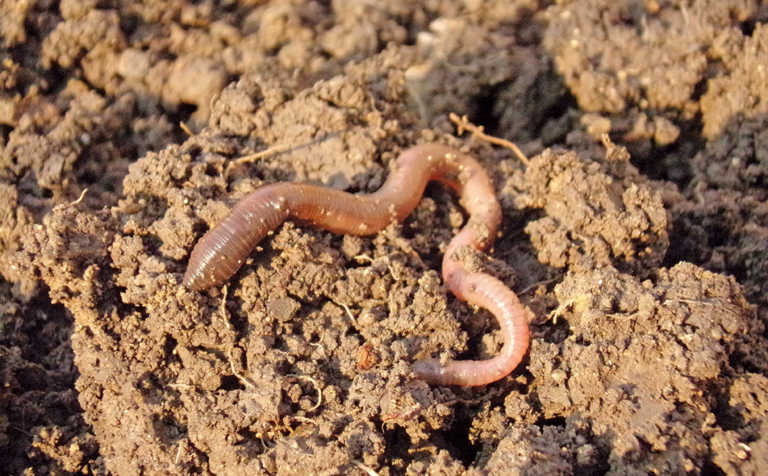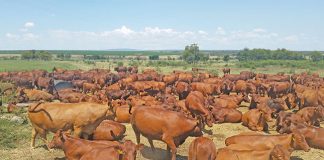
Photo: FW Archive
Earthworms are long, segmented worms belonging to the phylum Annelida. More than 2 000 species have been identified to date, and 300 of these have been recorded in South Africa.
A mature earthworm has a clitellum (a belt-like swelling) that forms part of its reproduction system.
READ Converting from traditional to conservation farming
It contains both male and female reproductive organs, but cannot fertilise itself.
Copulation takes place at night on the soil surface.
The worms press their bodies together and exchange sperm before separating. Later, the clitellum produces a ring of mucus around the worm.
As the worm crawls out of the ring, it fills the ring with eggs and sperm.
The ring then drops off and becomes a cocoon for the developing eggs. Each cocoon produces up to 18 earthworms. The tiny immature worms emerge from the eggs fully formed. They develop sex organs within the first two or three months of life and reach full size in about a year.
Earthworms are classified into three groups according to their behaviour and habitat:
- Epigeic earthworms do not tunnel, but live on the soil surface, where they feed on decomposing plant and animal material.
- Endogeic earthworms make horizontal tunnels in the top 10cm to 30cm of soil. They ingest soil, absorbing nutrients from organic material in the soil.
- Anecic earthworms dig deep into the soil profile during the day, and surface at night to feed and deposit their casts (droppings) on the surface.
How earthworms help the farmer
Earthworms tunnel through the upper layers of soil in a constant search for food, and this improves soil structure.
READ How old tyres can stop soil erosion in its tracks
The tunnels aerate the soil and help with water drainage, and the action of tunnelling loosens the soil.
Earthworms also perform the following useful functions:
- They pull organic material down into the soil, which improves soil quality. In addition, nutrients in the organic material they consume are released for the plants to use.
- Earthworm casts give the soil an ideal, crumb-like texture. According to Charné Myburgh of the Agricultural Research Council’s Grain Crops Institute, studies have found that the casts contain more nitrogen, potassium, phosphorous, magnesium and calcium than is present in the surrounding soil.
- Earthworms help control nematode populations as well as pathogenic fungi in soil, ingesting these together with the organic material. On the other hand, the earthworms’ presence stimulates microbial activity. “Good soil microbiology is very important as soil micro-organisms and enzymes regulate nutrient cycling,” says Myburgh.
The ideal habitat
Earthworm populations are dependent on the physical (temperature, moisture, aeration and texture) and chemical properties (pH) of the soil, as well as food availability.
Earthworms are less abundant in disturbed soils and are typically active only when enough moisture is present. Biological factors such as predators can also play a role in the success of an earthworm population, as a wide variety of animals, including rats, birds, moles, snakes, frogs, snails, toads, ants and beetles, feed on them.
READ Use them or lose them: Why hunting is key to conservation
The best habitat for earthworms is untilled soil, as this contains more plant residue, which earthworms feed on. Under tillage, the worms suffer and their benefits are greatly reduced.
In short, to increase the earthworm population, you need to reduce soil disturbance. Here are some other aspects to consider:
Crop rotation
Crop rotation with legumes increases earthworm numbers by providing a quality food source.
- Soil pH: A low pH will lower the worms’ survival rate.
- Irrigation: Good irrigation and drainage, particularly in sandy and clayey soils, as well as the addition of fertilisers and organic by-products, help make conditions favourable for earthworms.
- Chemicals: Aldicarb, carbaryl, carbofuran, methomyl and other chemicals are harmful to earthworms. A farmer following conservation agriculture practices can use earthworm numbers as an indicator of soil quality.
Sources: Myburgh, C. 2017. ‘Earthworms and their role in soil’. ARC-Grain Crops; Beans, L. 2014. ‘10 Interesting facts about earthworms’; ‘Worm Farming’. 2017.











